In the tapestry of technology, two distinct threads weave their way through our lives: analog and digital. Like contrasting colors on an artist’s palette, each offers its own unique hue to the canvas of innovation. Let’s embark on a creative journey to explore the enchanting world of analog and digital, with a special focus on the humble clock as our guiding beacon.
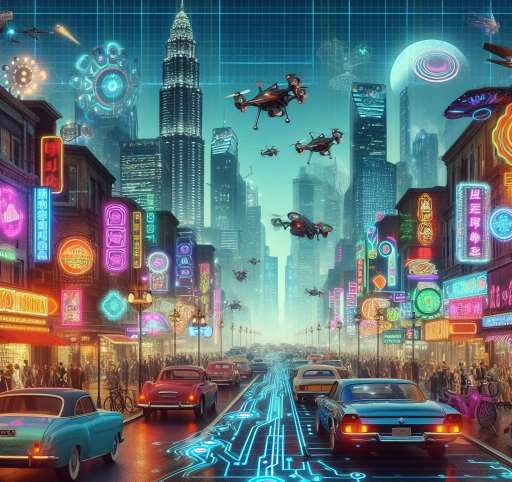
What is an Analog?
Analog refers to a continuous signal or data representation. In simpler terms, it’s like a smooth curve that can have any value within a range. Think of it as a natural, flowing representation of information. Examples of analog signals include sound waves, voltage levels in electrical circuits, and the hands of a traditional clock. Analog technology has been around for centuries and is still used in various applications, from music players to temperature gauges.
What is a Digital?
Digital, on the other hand, refers to a discrete signal or data representation. Instead of being smooth and continuous, digital signals are made up of individual values or units, typically represented by binary digits (0s and 1s). It’s like a series of steps or levels where each value represents a specific piece of information. Digital technology is prevalent in modern electronics, computers, and telecommunications. Examples include digital cameras, smartphones, and the internet.
Analog: The Melody of Time
Close your eyes and imagine a grandfather clock standing tall in a cozy room. Its pendulum swings rhythmically, marking the passage of time with a soothing tick-tock. This is analog at its finest – a symphony of continuous motion and fluidity.
An analog clock, with its sweeping hands and circular dial, offers a poetic representation of time. It’s as if each moment flows seamlessly into the next, like a river winding its way through the landscape of existence. Every twist and turn, every ebb and flow, is captured in the gentle embrace of analog precision.
Digital: The Dance of Digits
Now, let’s fast forward to the digital realm, where numbers dance across a digital display with mathematical precision. Picture a sleek digital clock adorning a modern workspace, its digits blinking with unwavering clarity. Here, time is measured not by the sweep of a hand, but by the click of a button and the flicker of pixels.
In the world of digital timekeeping, everything is crisp, concise, and calculated. Each second is broken down into discrete units, neatly organized in binary code. It’s a digital ballet of ones and zeros, choreographed with meticulous accuracy to ensure that every moment is accounted for with unwavering precision.
Analog to Digital: A Transformative Tale
Now, let’s journey deeper into the heart of timekeeping as we witness the transformation of analog to digital. Imagine an old-fashioned clock tower overlooking a bustling cityscape, its hands ticking steadily as the world evolves around it. But within its aging facade lies a hidden secret – a digital heart beating with modern ingenuity.
In this transformative tale, the analog clock undergoes a metamorphosis, shedding its mechanical gears for digital circuits. Its familiar face is replaced by a luminous display, where digits glow with digital brilliance. Yet, despite its digital guise, the essence of time remains unchanged – a timeless reminder of the past, present, and future.
How time works means.. How clock works !
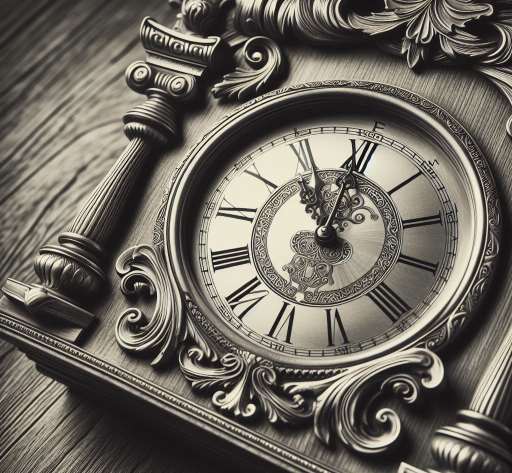
the clock – a timeless invention that has helped humanity measure and manage time for centuries. But how does this intricate device actually work? Let’s unravel the mystery behind the ticking hands and whirring gears of a traditional analog clock.
1. Power Source: Analog clocks typically rely on mechanical energy to function. This energy can come from various sources, such as springs, weights, or electricity.
2. Escapement Mechanism: At the heart of every analog clock lies an escapement mechanism. This ingenious device regulates the release of energy from the power source in a controlled manner, ensuring that the clock’s hands move at a consistent rate.
3. Gearing System: Connected to the escapement mechanism is a complex network of gears. These gears work together to transmit the energy from the power source to the clock’s hands, converting rotational motion into the linear movement of the hands.
4. Pendulum (Optional): Some analog clocks, particularly those with a pendulum, use this swinging weight to regulate the timing of the clock. The pendulum’s natural oscillation helps maintain a constant rhythm, ensuring accurate timekeeping.
5. Dial and Hands: The face of the clock, known as the dial, is where the time is displayed. Typically, there are three hands – the hour hand, the minute hand, and the second hand – each connected to the gearing system and driven by the energy supplied by the power source.
6. Timekeeping Mechanism: As the gears turn and the hands move, the timekeeping mechanism tracks the passage of time. Whether it’s a mechanical movement or a quartz crystal oscillator (common in modern analog clocks), this component ensures that the clock remains accurate and reliable.
7. Lubrication and Maintenance: To keep the clock running smoothly, regular maintenance and lubrication are essential. This helps reduce friction between the moving parts and ensures the longevity of the clock’s mechanism.
How Digital Clocks Work:
In contrast to analog clocks, digital clocks use electronic components to display the time numerically. A digital clock typically consists of a quartz crystal oscillator, a series of electronic circuits, and a digital display (such as LED or LCD). The quartz crystal oscillator generates a precise electrical signal, which is then divided and processed by electronic circuits to produce the time displayed on the digital screen.
Analog in electronics
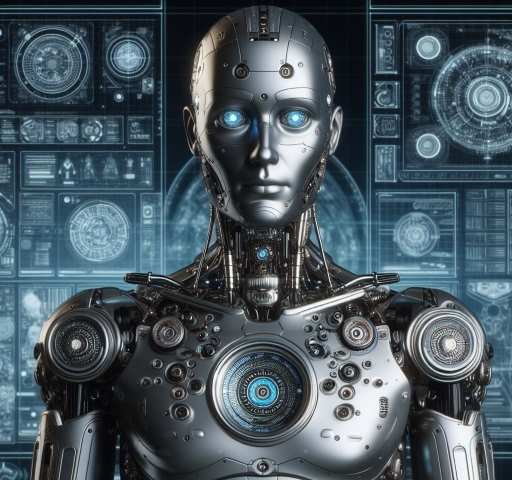
Analog Signals: Analog signals are continuous and can take on any value within a range. In electronics, these signals are represented by varying voltage levels or currents. For example, the sound waves picked up by a microphone, the changing voltage from a temperature sensor, or the varying light intensity from a camera sensor are all analog signals.
Analog-to-Digital Conversion (ADC): When we want to process analog signals using digital electronics (like a computer or a digital camera), we need to convert them into digital form. This process is called Analog-to-Digital Conversion (ADC). Here’s how it works:
- Sampling: The first step in ADC is sampling. This involves taking discrete samples of the analog signal at regular intervals. Imagine taking snapshots of a moving wave at regular time intervals.
- Quantization: Next, each sample is assigned a numerical value based on its amplitude. This process is called quantization. Think of it as approximating the value of each snapshot to the nearest whole number.
- Encoding: Once we have quantized the samples, we need to encode them into binary form. This means representing each numerical value using binary digits (0s and 1s). For example, if we have eight bits, we can represent values from 0 to 255.
- Digital Representation: Finally, we have a series of binary numbers that represent the original analog signal. This digital representation can be processed, stored, and manipulated by digital electronics.
Digital Signals: Digital signals are discrete and represented by binary digits. They can only take on specific values, typically 0 or 1. In electronics, digital signals are used for communication, computation, and storage. For example, the data processed by a computer, the pixels displayed on a screen, or the binary code transmitted over the internet are all digital signals.
Applications:
Analog-to-digital conversion is used in various electronic devices and systems, such as:
- Digital cameras: Converting light intensity into digital images.
- Music players: Converting analog sound waves into digital audio files.
- Temperature sensors: Converting temperature variations into digital data for monitoring and control.
- Communication systems: Converting analog voice signals into digital data for transmission over networks.
conclusion
In the grand tapestry of technology, analog and digital are but two threads in a vibrant mosaic of innovation. Whether it’s the graceful sweep of an analog hand or the precise click of a digital display, each offers its own unique perspective on the passage of time.
So, the next time you glance at a clock – be it analog or digital – take a moment to marvel at the wonders of timekeeping. For within its humble confines lies a timeless tale of creativity, craftsmanship, and the enduring spirit of human ingenuity.
more knowledgeable Contant click here –> Read New
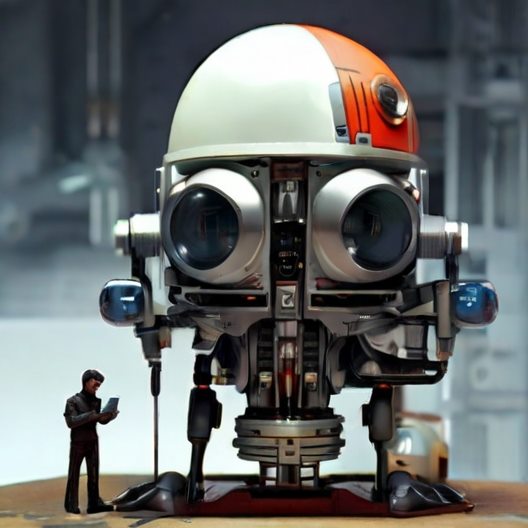

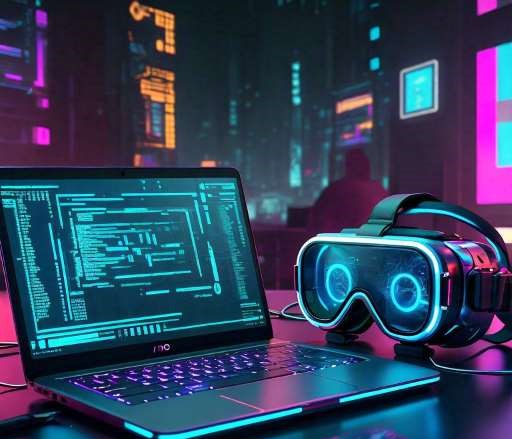

Leave a Reply